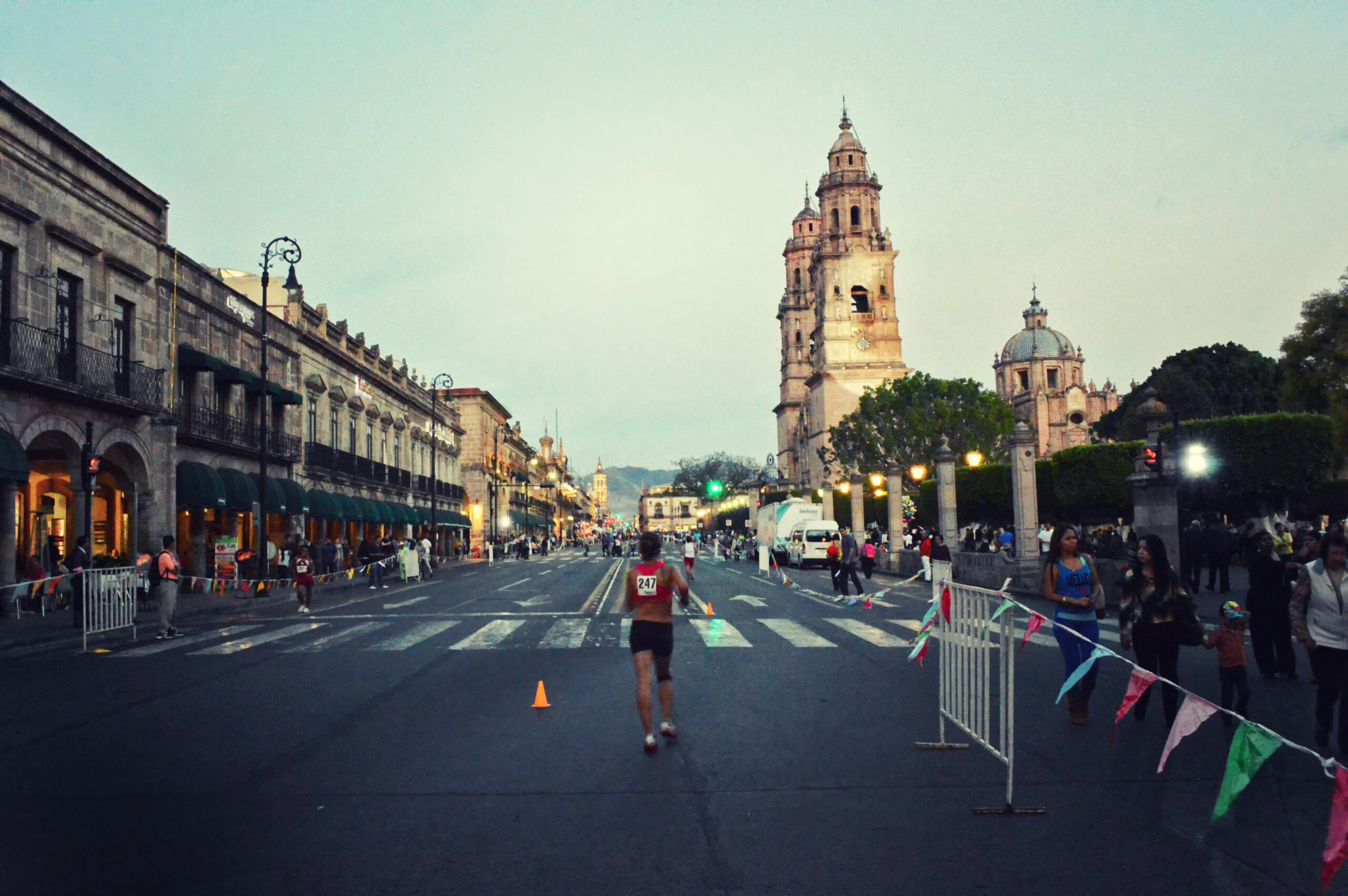Introduction
In recent years, South Korea has witnessed a dynamic shift in how people incorporate fitness and socialization into their daily lives, especially through the rise of social running clubs. These groups blend the pursuit of physical health with community bonding, crafting an innovative cultural phenomenon that goes beyond traditional exercise. Social running clubs in Korea are not merely about jogging or training for marathons; they emphasize inclusivity, motivation, and shared experiences among diverse age groups and backgrounds. This article explores the multifaceted nature of Korean social running clubs, examining how they foster community, encourage a healthy lifestyle, and integrate technology and tradition. We will delve into their origins, organizational structures, cultural significance, and the impact they have on modern urban life in Korea.
The Evolution and Origins of Korean Social Running Clubs
Social running in Korea originally emerged from more formal running groups designed to prepare for competitive races. However, as urban lifestyles became more stressful and sedentary, the need for accessible and enjoyable community fitness activities grew. Over the last decade, grassroots movements transformed running into a social event rather than a strict training regimen. Club founders capitalized on Korea’s dense urban centers, creating frequent meetups in parks and along scenic routes. The evolution was also influenced by global trends from running cultures in the US and Europe, but Korean clubs developed unique identities by embedding social rituals, such as post-run gatherings and group challenges. This blend of collective participation and cultural nuance underpins their growing popularity.
Building Community Through Running
At the heart of these social clubs is the creation of meaningful human connections. Unlike solitary runs or performance-focused teams, Korean social running clubs prioritize inclusiveness and diversity, welcoming runners of all skill levels and ages. Regular meetups foster a sense of belonging, which is particularly valuable in a fast-paced society where social isolation is common. Runners often bond over shared goals, personal stories, and mutual encouragement, creating lasting friendships. Some clubs even extend their social activities to volunteering, environmental clean-ups, or charity runs, further solidifying communal ties and encouraging civic responsibility.
Technology as a Catalyst for Engagement
Technology plays a significant role in the organization and expansion of these clubs. Many utilize mobile apps and social media platforms to announce runs, track individual and group performance, and celebrate milestones. Popular Korean messaging apps like KakaoTalk enable instant communication, fostering a tight-knit digital community that translates into the physical world. GPS tracking apps and wearables help members monitor progress and set collective challenges, enhancing motivation. Moreover, virtual races and livestreamed events have emerged, broadening the club’s reach nationally and even internationally, especially during times when gathering in person is limited.
Cultural Significance and Lifestyle Integration
Korean social running clubs go beyond exercise to intertwine with broader cultural practices. They often incorporate traditional elements such as seasonal festivals, communal meals with local cuisine, and practicing polite social etiquette during runs. This blend of modern fitness culture with traditional values helps bridge generations and heighten cultural pride. The practice resonates deeply with Korea’s collective mindset emphasizing harmony and group success. Furthermore, these clubs contribute to promoting urban green spaces and wellness culture in crowded cities, aligning with the national goals of improving public health and community mental well-being.
Challenges and the Future Outlook
Despite their successes, social running clubs in Korea face challenges such as maintaining long-term engagement, accommodating increasingly diverse member needs, and ensuring safety during large group runs. Weather conditions and urban congestion are practical issues that require innovative solutions. Going forward, many running clubs aim to deepen their social impact by partnering with local governments, integrating more inclusive programming for marginalized groups, and expanding their environmental sustainability efforts. With a growing public interest in wellness and community connection, Korean social running clubs are well positioned to evolve as pivotal agents in shaping healthier, more connected urban societies.
In sum, Korean social running clubs represent a compelling convergence of fitness, community, technology, and culture. Their evolution from competitive, performance-driven groups into vibrant social networks showcases a broader shift in how health and social fulfillment are pursued in South Korean cities. By centering on inclusivity, cultural integration, and technological innovation, these clubs have succeeded in creating environments where physical activity fosters strong social bonds and shared purpose. As they adapt to future challenges, their role in promoting healthier lifestyles and deeper communal ties will likely increase, reflecting the enduring human need for connection amid modern life’s complexity.
